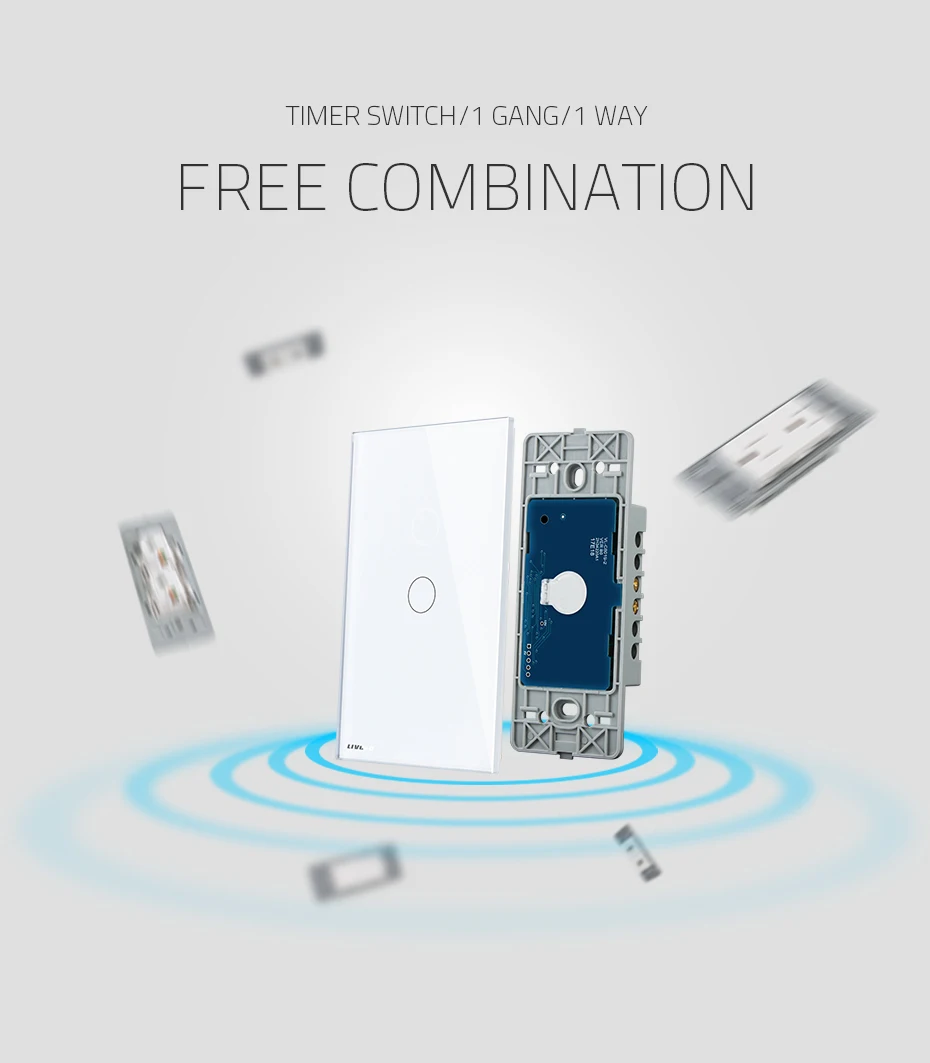@tet said in 💬 Wireless Touch Switch: Relay Model - (For Livolo crystals):
I would like to know if you plan to do a roller shutter node (for up and down store)?
current detection is to mesure the time to up or down the store. And calculate position in %.
2 gang one for up and the other for down
My idea is to design all the nodes that I need, for now I am developing these four:
Touch push button, relay type
Touch push button, triac type
Multi purpose sensor: Doors, windows, temperature, humidity, light, and three expansion connectors.
Remote control
When I finish them I also want to make:
LED strip controller WRGB 12V
Clamp sensor SCT-013 for electrical panel.
PIR sensor
Plug with relay
Roller shutter
Boiler control (or maybe buy it if it is compatible with the control software)
As you see my intention is to also design the node to control the blinds, I think the easiest thing would be to manufacture a PCB that is installed inside the double switch of the blind and activate the pulsations. I have not yet documented on how it works but I think that something like that should give good results, all the work would be done by the roller blind electronica, the node would only activate the button (with transistor/ssr).
I must also say that now I do not have a house where to install all these nodes so I am testing them in my test panel but not in a real environment...




